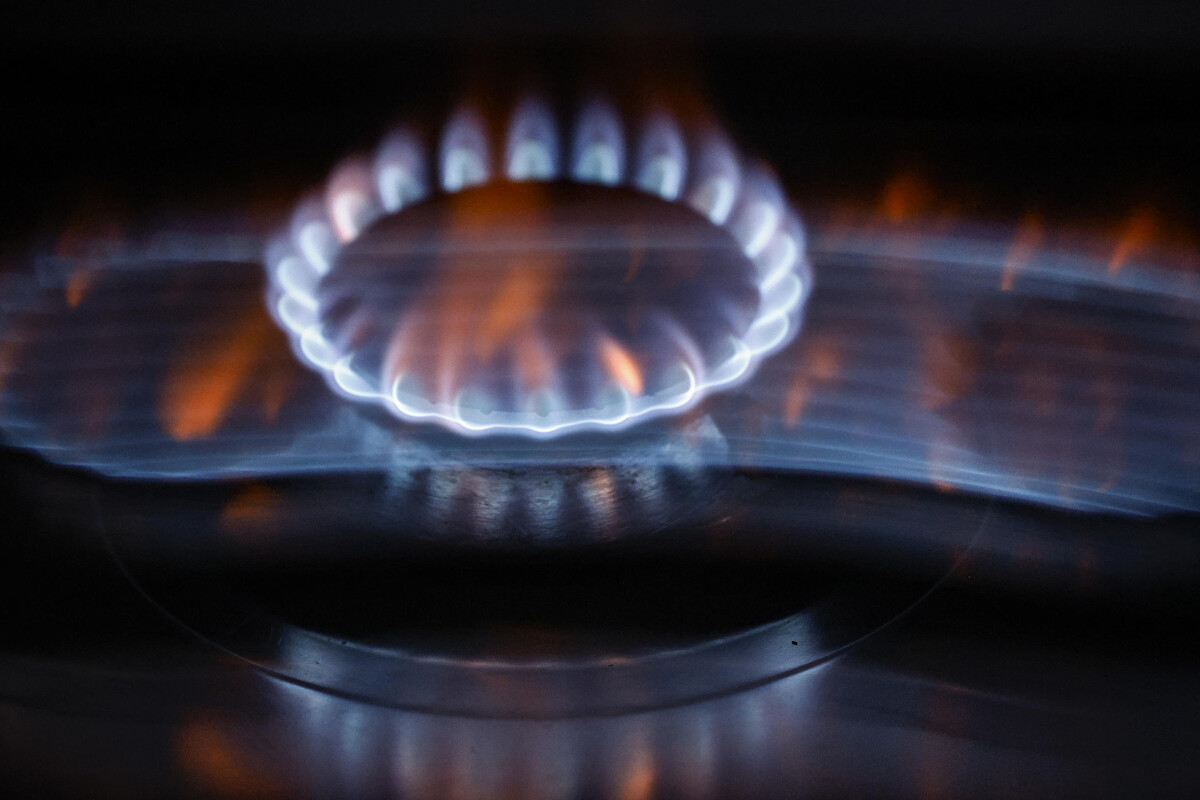A new study from researchers at the Stanford Doerr School of Sustainability warns consumers of potential hazards associated with gas stoves.
Rob Jackson, the study’s author and a professor at Stanford stated, “The most surprising result was how far and fast pollution moves through the homes.”
He added that, “The concentrations we measure from gas and propane stoves lead to dangerous levels within an hour of lighting a stove and stay that way for hours after stoves are off — not just in kitchens but in bedrooms down the hall where our children sleep” raising concerns about their impact on both human health and the environment.
The combustion process in gas stoves produces nitrogen dioxide (NO2), a pollutant known to irritate airways and exacerbate respiratory conditions such as asthma and chronic obstructive pulmonary disease. This issue is particularly concerning for vulnerable populations like children and the elderly. In addition to NO2, gas stoves can emit carbon monoxide-which is particularly dangerous as it is undetectable without detectors– particulate matter, and volatile organic compounds, contributing to indoor air pollution.
The persistence of these pollutants in the home environment, even in rooms far from the kitchen, underscores the need for effective ventilation and raises questions about the long-term safety of gas stove use. With some states moving to ban gas appliances in new constructions to mitigate these risks, it’s clear that the conversation around gas stoves is evolving towards a greater emphasis on health and sustainability. The studies point out that electric stoves do not produce NO2 at all.
Lisa Patel a clinical associate professor of pediatrics at Stanford Medicine Children’s Health states that, “We now estimate that 12.7% of asthma cases in this country for childhood asthma cases are attributable to gas stoves. That’s because when you burn fossil gas inside your home, it releases a lot of concerning things, like nitrogen dioxide, which is a known respiratory irritant.”
The emission of nitrogen dioxide is not the only hazard associated with gas stoves. Patel points to evidence that benzene, a known carcinogen, is still present in the home hours after you turn off your gas stove. The Department of Health and Human Services (DHHS) determined that long-term exposure to high levels of benzene in the air can cause leukemia.
While you may not want to get rid of your gas stove immediately, it is undeniable that the trend is moving in that direction both in restaurants and in the home.












